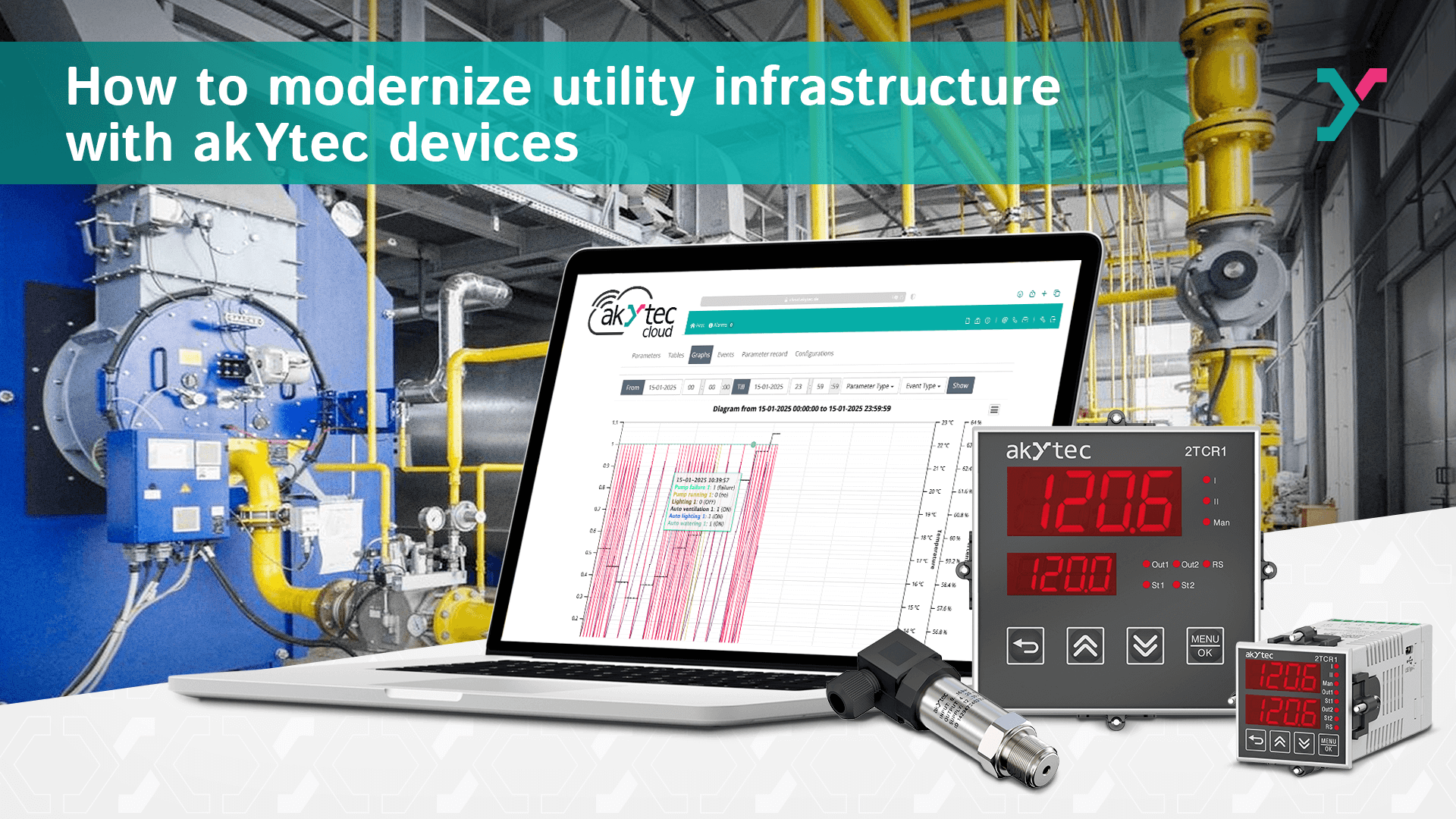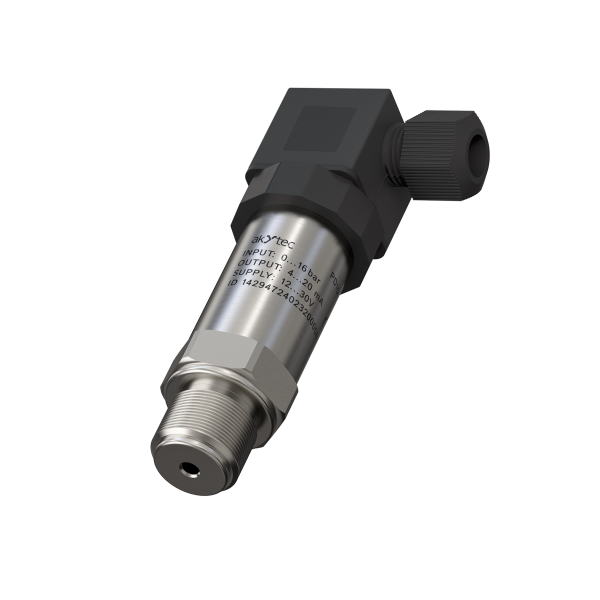
How to Increase the Fault Tolerance of Utility Systems Without a Full Replacement of the Control System
During the winter season of 2024/2025, the issue of safe operation of heating and hot water systems became especially relevant. Ideally, safety requirements should be addressed at the design stage. However, there are often situations where a complete overhaul of the control system is not feasible, but improvements are still necessary. What can be done in such cases?
Modernizing Control Systems with Measuring Controllers
A partial upgrade can be implemented using industrial temperature controllers. These devices enhance the functionality of existing control systems by adding monitoring for pressure, temperature, and coolant flow in boiler rooms, heat distribution stations, and pump stations. This reduces the risk of ruptures, leaks, icing, and circulation stoppage.
This cost-effective solution can be easily integrated into an existing automation system:
- The price of an automation kit (including a sensor such as standard resistance thermometers from the DTS series or pressure sensors PD100 and a controller such as 2TCR1 does not exceed 200 EUR (including VAT).
- TCR controllers feature built-in logic for alarms, emergency shutdowns, sensor and actuator monitoring.
- Quick commissioning — only up to 10 parameters need to be configured.
- Universal input allows for pressure, temperature, or level control.



Example: TCP Controller Implementation
A heating circuit requires monitoring of critically low pressure with alerting and pump shutdown to avoid dry run damage.
By installing a 2TCR1 controller and a PD100 pressure sensor, the pump is automatically stopped when pressure drops below a safe level. Additional steps include installing the sensor using a medium separator, mounting the TCR unit, wiring the connection, and configuring the controller. If necessary, TCR can transmit the readings via a digital interface for dispatching.
Enhancing Control Systems with Remote Monitoring
Adding a dispatching system speeds up the response to abnormal events and improves situational awareness. To enable this, controllers must support digital communication interfaces.
In cases where the existing automation cannot transmit data digitally, consider upgrading key nodes as described earlier.
Modern trends show that classic SCADA-based dispatching is overly complex and redundant. For basic automation tasks, cloud monitoring services like acYtecCloud are sufficient.
Why this is convenient:
- No server required — data is accessible from any internet-connected device (with proper access rights).
- Data is securely stored in reliable data centers
- Free basic functionality is sufficient for monitoring systems like IHUs, CHPs, boiler rooms etc
- The cost of dispatching is within 100 EUR including the price of the Network Gateways and installation materials).
Example: Remote Alert Implementation
The objective is to notify the chief engineer via mobile phone in case of a critical pressure drop in the heating system. This enables prompt diagnosis and mitigation, preserving heat supply to residents.
Verify that the device monitoring the event can communicate digitally. Then, connect the GG-24-Cloud device (GSM, Wi-Fi, Ethernet), perform initial configuration via the cloud dashboard, and set up the alert (via Email or Telegram).

Use All the Functions of Industrial Controllers
Review the documentation for your installed automation equipment (including TCP controllers). You may find additional features that improve safety and reduce failure rates.
For example, alarm logic can be set on auxiliary outputs, or control circuits can be monitored to detect actuator issues early — valve faults, contactor failures, or stuck starters. Even basic TCR models support such features.
Unfortunately, these capabilities are often ignored during commissioning, as basic modes are considered sufficient.
Example: Zero-Cost Modernization
It is necessary to detect when a regulating valve fails to respond to control signals (LBA feature). This may indicate a broken communication line, faulty signal source, actuator issues, or mechanical jamming.
The controller can automatically detect this and raise an alert.
To enable this, turn on the LBA function and configure two parameters tailored to your application.
These are simple yet highly effective improvements from a cost-benefit perspective. By combining these approaches, utility companies can improve system reliability, prevent breakdowns, and minimize response time in emergencies.




